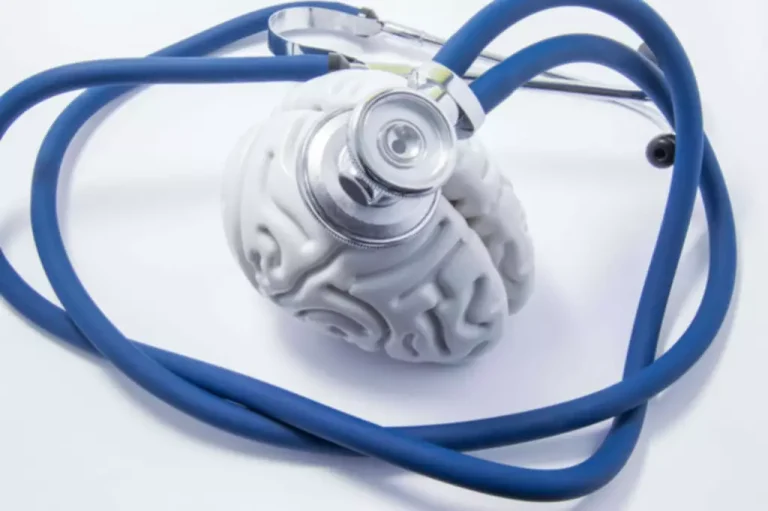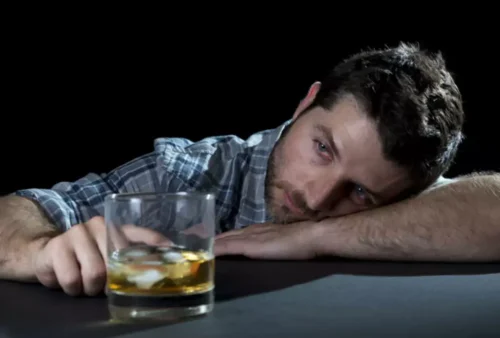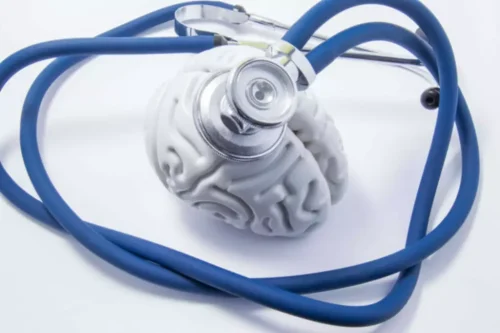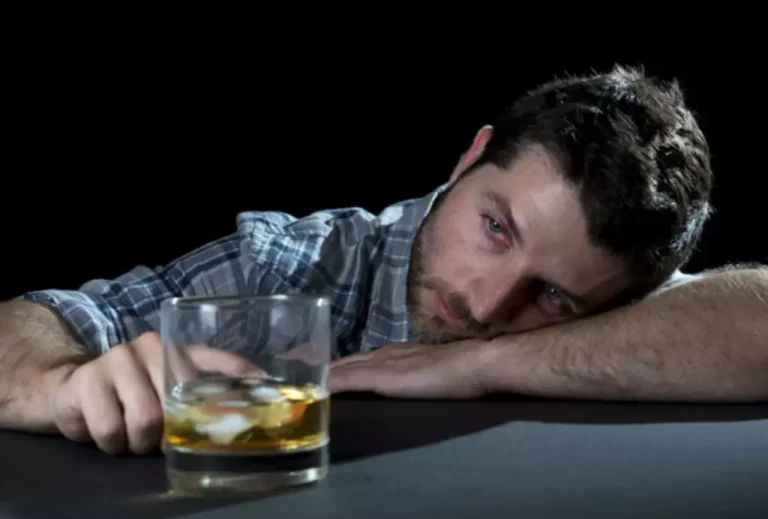
Learning about addiction and how not to enable a person is one way you can help them. Having the ongoing support of loved ones and access to professionals can make all the difference. Committing to change includes stages of precontemplation and contemplation where a person considers changing, cutting down, moderating, or quitting the addictive behavior. Afterward, committing to change can look like working with a professional in identifying specific goals, coming up with a specific plan to create change, following through with that plan, and revising goals as necessary. Cognitive behavioral therapy has been shown effective in helping people overcome addiction.

Alcohol Statistics
In one study, 60% of people with cocaine use dependence who underwent CBT along with prescription medication provided cocaine-free toxicology screens a year after their treatment. Teens who experiment with drugs and other substances put their health and safety at risk. The teen brain is particularly vulnerable to being rewired by substances that overload the reward circuits in the brain. Sometimes called the “opioid epidemic,” addiction to opioid prescription pain medicines has reached an alarming rate across the United States. Some people who’ve been using opioids over a long period of time may need physician-prescribed temporary or long-term drug substitution during treatment. From February through June 2022, the Monitoring the Future investigators collected 31,438 surveys from students enrolled across 308 public and private schools in the United States.
- This website provides youth-focused resources and opportunities that inspire and empower young people to make a difference in their lives and in the world around them by improving their knowledge and leadership skills.
- Cognitive behavioral therapy has been shown effective in helping people overcome addiction.
- Previous studies have highlighted how police might be involved in addressing substance use within communities.
- Challenges remain in widely disseminating evidence-based prevention programs into schools, families, and communities.
- Other health problems like allergies, sinus infections, hormone imbalances, or mental disorders can also cause these symptoms in teens.
High-Risk Substance Use Among Youth
Examples include methylenedioxymethamphetamine, also called MDMA, ecstasy or molly, and gamma-hydroxybutyric acid, known as GHB. Other examples include ketamine and flunitrazepam or Rohypnol — a brand used outside the U.S. — also called roofie. These drugs are not all in the same category, but they share some similar effects and dangers, including long-term harmful effects.

Can research-based programs prevent drug addiction in youth?
There is a clear need to focus on removing barriers that affect the level of drug education and treatment provided within underserved rural and urban communities. While MTF trend data have shown gradual decreases in prevalence rates of smoking, alcohol use, and many forms of illicit drug use among adolescents, there have been increases in some forms of substance use and abuse as well. MTF findings reveal that non-medical prescription drug abuse is a growing problem among adolescents. Prevalence rates for the nonmedical use of several prescription opiates have increased in recent years. Data on rates of abuse for Vicodin, OxyContin, and Percocet began to be collected in 2002 in the MTF study.
- Attempts to stop drug use may cause intense cravings and make you feel physically ill.
- The counselor provides personalized feedback and works with the student to review options in terms of how the student can make changes to decrease or abstain from alcohol use.
- Blueprints programs, therefore, are not only evidence-based but also implementation ready 34.
- The future of preventing teen drug abuse lies in embracing innovation, staying informed about emerging trends, and being agile in adapting strategies to meet new challenges.
- Such groups are not considered part of a formal treatment plan, but they are considered as useful in conjunction with professional treatment.

The overall goal of these change strategies is to increase and reinforce competent family interactions and behaviors. In support of the quality of research on Family Matters, the NREPP web site lists two peer-reviewed outcome papers with study populations consisting of primarily White youth (no replication studies were listed). Further, these effects were maintained at 3-and 12-month follow-up assessments, although the effect sizes were small. The intervention reduced smoking onset among adolescents; at the 12-month follow-up, 16.4% fewer participating adolescents had initiated smoking compared with a control group of adolescents who did not receive the program.
You may take illegal drugs to calm or energize yourself or make you more confident. You may start abusing prescription drugs to relieve pain, cope with panic attacks, or improve concentration at school or work. If you are using drugs to fill a void in your life, you’re more at risk of crossing the line from casual drug use to drug abuse and addiction. To maintain a healthy balance in your life, you need to have positive experiences and feel good about your life without any drug use. There are government agencies, community leaders, and school personnel that attempt to teach children about living a drug-free life.
Medical Professionals
In the “Permissiveness” category, the risk factors are related to increases in actual or perceived drug supply, while protective factors are related to reductions in actual or perceived drug supply. In the “social ties” category, the risk factors are related to increases in the demand for substance consumption, while the protective factors are related to decreases in the demand for drug consumption. For example, individuals suffering from anxiety and depression or living in high-conflict families have a higher tendency to consume drugs, while resilient individuals with teen drug abuse close-knit families have a lower tendency to do so.

Or teens may order substances online that promise to help in sports competition, or promote weight loss. And if they are lonely or dealing with stress, teens may use substances to distract from these feelings. So if their friends use substances, your teen might feel like they need to as well. Teens may be more likely to try substances for the first time when hanging out in a social setting.
Teen Substance Abuse Treatment
- Although different drugs have different physical effects, the symptoms of addiction are similar.
- The emergency and referral resources listed above are available to individuals located in the United States and are not operated by the National Institute on Drug Abuse (NIDA).
- Rather, it’s a signal to get back on track, either by going back to treatment or adjusting the treatment approach.
- Universal programs function to teach social, personal, and drug resistance techniques on a weekly basis.
- The program is designed to be delivered over an 8 to 12 week period, and the sessions are 60 to 90 minutes each.
- The LST program received a score of 4.0 (out of 4.0) on readiness for dissemination by NREPP.
In contrast, Items 48 (stop giving out Narcan because people could care less) and 53 (provide counseling to help people who receive Narcan) were located far apart, suggesting that sorters found limited similarity between items and sorted them separately. It is recommended that two or more facilitators run each of the parent and youth sessions in order to facilitate a team approach that enhances learning. If CLFC is provided over a 20-week period, these four facilitators can work with up to 30 families (one day per week, four hours a day).
